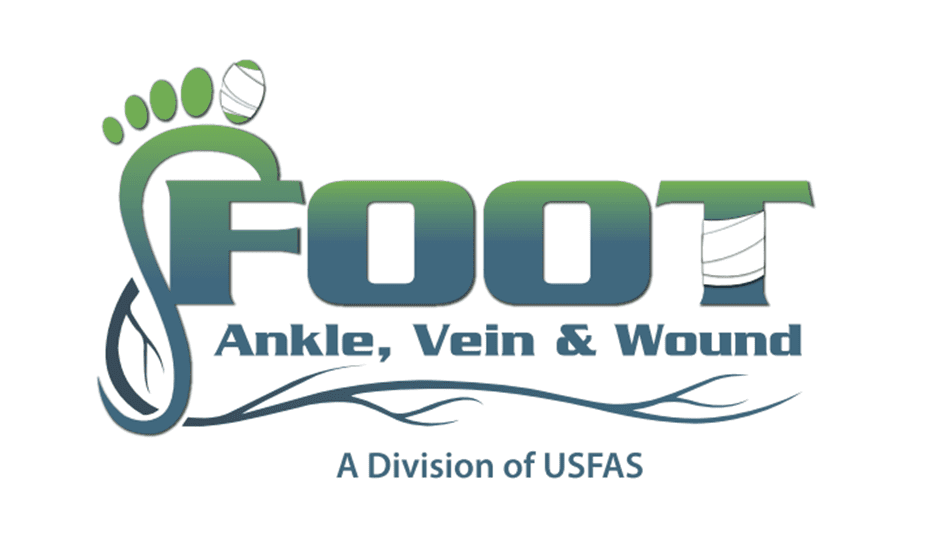
Since soccer—or football as they call it everywhere outside North America is a sport where players are using their feet the majority of the time, it also means that it is also a very foot-injury prone sport.
Not only do players have to watch out for other players coming in with their tackles, they also can possibly injure themselves on their own. This means that soccer players need to be physically and mentally prepared to take on the sport, regardless of its threat to their safety.
The sharp-turning movements in soccer, the excessive running, the movements from side-to-side, the cutting, the sliding, the tackling, the way you simply plant your foot before you take a shot, and the way you actually take the shot can all possibly bring injury to the feet and body.
Here are some foot and ankle injuries that can get out of hand when playing soccer:
1. Ankle Sprains: With all the landing, planting, turning, and stepping, ankle sprains are the most common injuries in soccer. They happen normally when there is a stretching or tearing of the ligaments associated with or found in the ankle.
Soccer players will often wind up with this injury because they can run on uneven surfaces, make a sharp trying to get the ball, collide with another player or twist their ankle upon landing.
These ankle sprains will usually bruise and swell—almost immediately after they occur. To deal with ankle sprains, you can usually get away with RICE, rest, ice, compression, elevation. However, if your injury seems to be more severe, you might be prescribed by your doctor to wear a compression boot or soft cast and possibly use crutches to keep your weight off of it.
2. Achilles Tendonitis: Found also in a lot of soccer players, Achilles Tendonitis is an injury that comes from overuse, not warming up properly, and even wearing the wrong sneakers. The pain is located at the back of the ankle.
Although, at first, it might seem harmless—just a little rest, if left untreated, it can lead to an Achilles tendon rupture.
Patients will often feel pain in their heel and the tendon when running or walking. A quick fix for an inflamed Achilles Tendon is icing for 15-20 minutes a few times a day. However, if it gets worse or persists, chances are you need to go to your doctor.
3. Blisters: Another extremely common soccer injury is the blister. Especially when playing with new shoes or cleats on wet ground, blisters can occur and can be rather painful when played upon. Blisters are fluid-filled sacks that pop up on the surface of the skin. They can be filled with blood as well. They can also pop or break, which will lead to open, soft skin.
4. Plantar Fasciitis: Not unlike Achilles Tendonitis, plantar fasciitis has you feeling pain on the bottom of the heel. If you’re a soccer player and you feel this pain—especially with your first few steps in the morning, you might have plantar fasciitis.
5. Stress Fractures: Also caused by overuse and repeated impacts, stress fractures can occur in the foot or leg. If you are overtraining or have just been playing soccer for a long time, a stress fracture can occur.
6. “Turf toe”: Especially since soccer can be played on a turf field—not only American football, a soccer player can suffer from turf toe. However, turf toe doesn’t only occur with turf. It is just the common term used for a sprain of the ligaments around the big toe.
7. Jones Fracture: This specific fracture happens along the fifth metatarsal—the long bones leading up to your toes. The fifth metatarsal is the one leading up to your pinky toe.
Normally those who suffer from the Jones fracture are recommended to undergo surgery. With this, you’ll get a screw inside the bone across the fracture. If done without surgery, the doctor will have to keep an eye on the healing process to see if the bones are healing properly.
8. Metatarsal Fractures: Just like the Jones Fracture, this kind of fracture can happen to any of the metatarsals. These breaks in the long bones that lead up to the toes can happen simply by an opponent or another player stepping on a player’s foot.
When you suffer from a metatarsal fracture, pain and swelling are immediate. Within the first day, you’ll often see bruising occur. If the fracture is severe, you might need to get surgery.
9. Sever’s Disease: Sever’s disease is found in a similar place like Achilles Tendonitis. This injury often occurs because of overuse or overtraining. Often confused with Achilles Tendonitis, Sever’s Disease brings severe pain in the heel especially when running. After getting the okay from the doctor, most players can get away with simply inserting a heel pad into their cleats to continue playing.
10. Subungual Hematoma: If your cleats are too small or if you play soccer and are constantly striking your toes against the top of your soccer cleats, you can get a subungual hematoma. This toenail condition occurs when blood gets underneath the toenail and can possibly require a doctor to remove the blood from underneath—or even remove the toenail.
Especially since there are a lot of running, kicking, and physical contact in the sport of soccer, these foot and ankle injuries are possibly preventable. If you already have a few symptoms, you might be able to recognize them early and prevent them from getting any worse. Before any game or practice, warm up properly, perform an adequate amount of stretching, get your cleats properly fitted, and even tape your ankles if you have a history of ankle problems. When you’re finished playing, cool down, remove your equipment and properly take care of any symptoms that may start to appear.

